With Playform AI and Archival Photography, J Rosenbaum Creates Missing Queer History
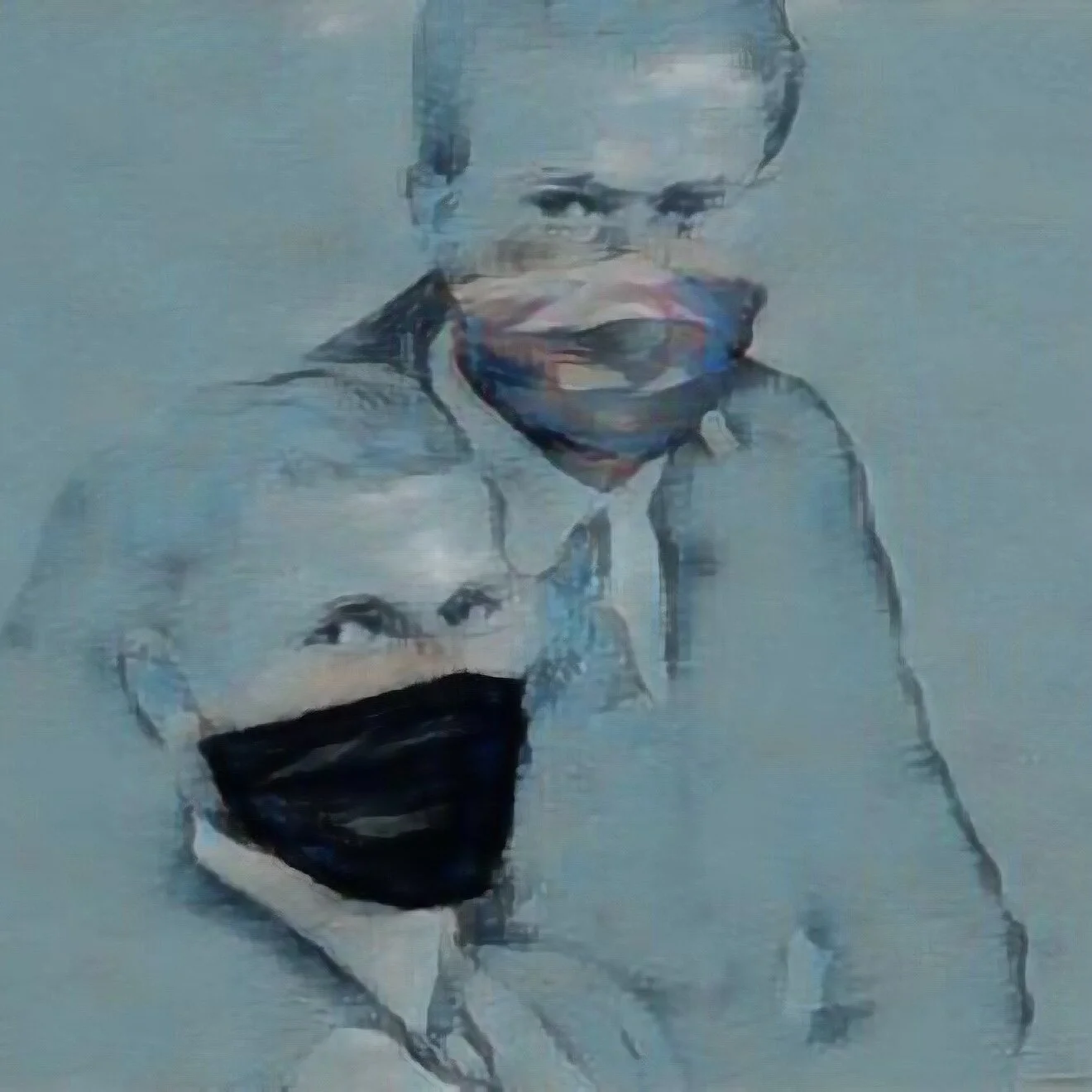
J. Rosenbaum is a Melbourne AI artist and researcher working with 3D modeling, artificial intelligence and extended reality technologies. Their work explores posthuman and postgender concepts using classical art combined with new media techniques and programming.
J works with classically inspired aesthetics with the latest technologies to create a speculative future grounded in the aesthetics of the past to show that gender minorities have always been here and will continue into the future.
“Worlds within worlds, I am drawn to the notion that my figures exist in a world of their own. That they have a digital life in a digital world. That my works are a glimpse into that future, where digital and the real meld together to create something greater than we are now. That machines will learn to think and pass the singularity and that humans will grow and change and merge alongside them until we cross a digital frontier and it all merges with our own. Where gender binaries no longer matter and nothing counts beyond the mind and thought and creativity. When we are no longer constrained by our bodies and our antiquated notions that some genders or races or abilities are superior.”
J Rosenbaum
Playform’s Studio Director Mirabelle Alan sat down with artist J Rosenbaum to discuss the artist’s practice, Queer storytelling and AI’s ability to create history.
Mirabelle: You have a background in AI before using Playform, can you tell me more about that?
J: I started with AI during my Master’s in Contemporary Art, I found Playform online through the Style Transfer tool, and I immediately saw how the tool could fit into my practice. I integrated my Playform works into my final Master’s project, I was blending my 3D renders with laser cuts, and with machine learning generated animations of Style Transfers that would be used with augmented reality.
M: You were featured in Playform’s latest group exhibition “Sending You My Love,” and the way that you incorporated AI into this body of work was very distinctive, you utilized historical and found archival images - exploring images of the past with a futuristic tool like AI. Are these concepts of past and future true to your practice?
J: For the “Sending You My Love” exhibition, it was my first time using vintage photography. A lot of my work is founded in Greek and Roman statuary and classical paintings. I love the idea of using incredibly futuristic content and techniques with historical subject matters. This method works for me because also, there’s a lot of queer history that’s missing, we can’t see ourselves so much in the query. It’s there in past imagery, but you have to look for it, and you have to know some of the history behind it. What I’m trying to do is create history.
M: How do you see future of AI and art, specifically in the queer community?
J: The future of AI and art is going to continue expanding, the field is taking a huge progression as more people are adopting platforms like Playform, which really makes it easy for people to access this technology. Now it is a lot easier to use this kind of technology, but that also means that the meaning of the work has to be stronger to stand out. I think that there has to be that depth behind every work, and there has to be meaning. A lot of queer people are adoptive of new technologies, but we need more representation, we need more people to share stories with these art forms.
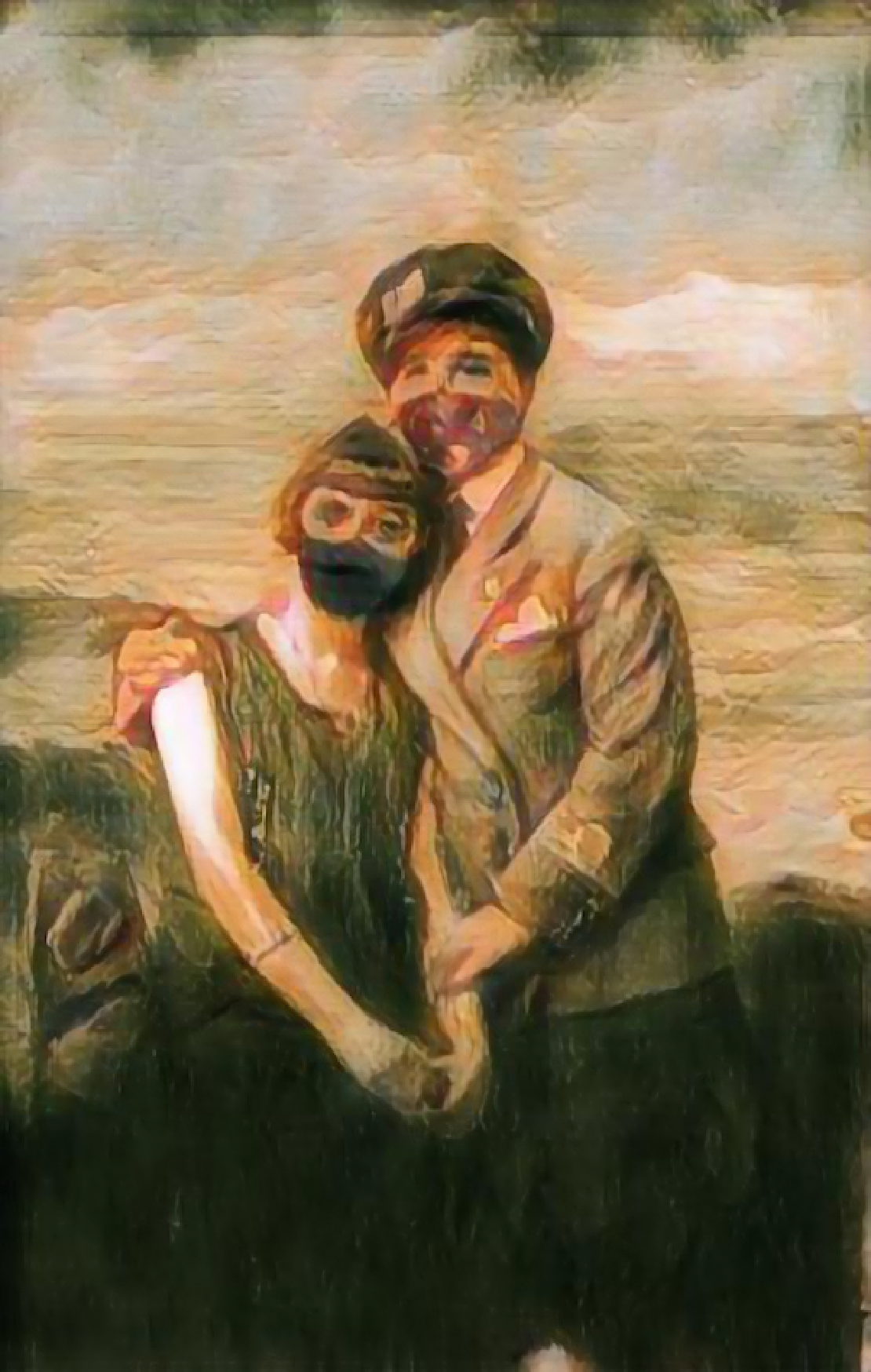
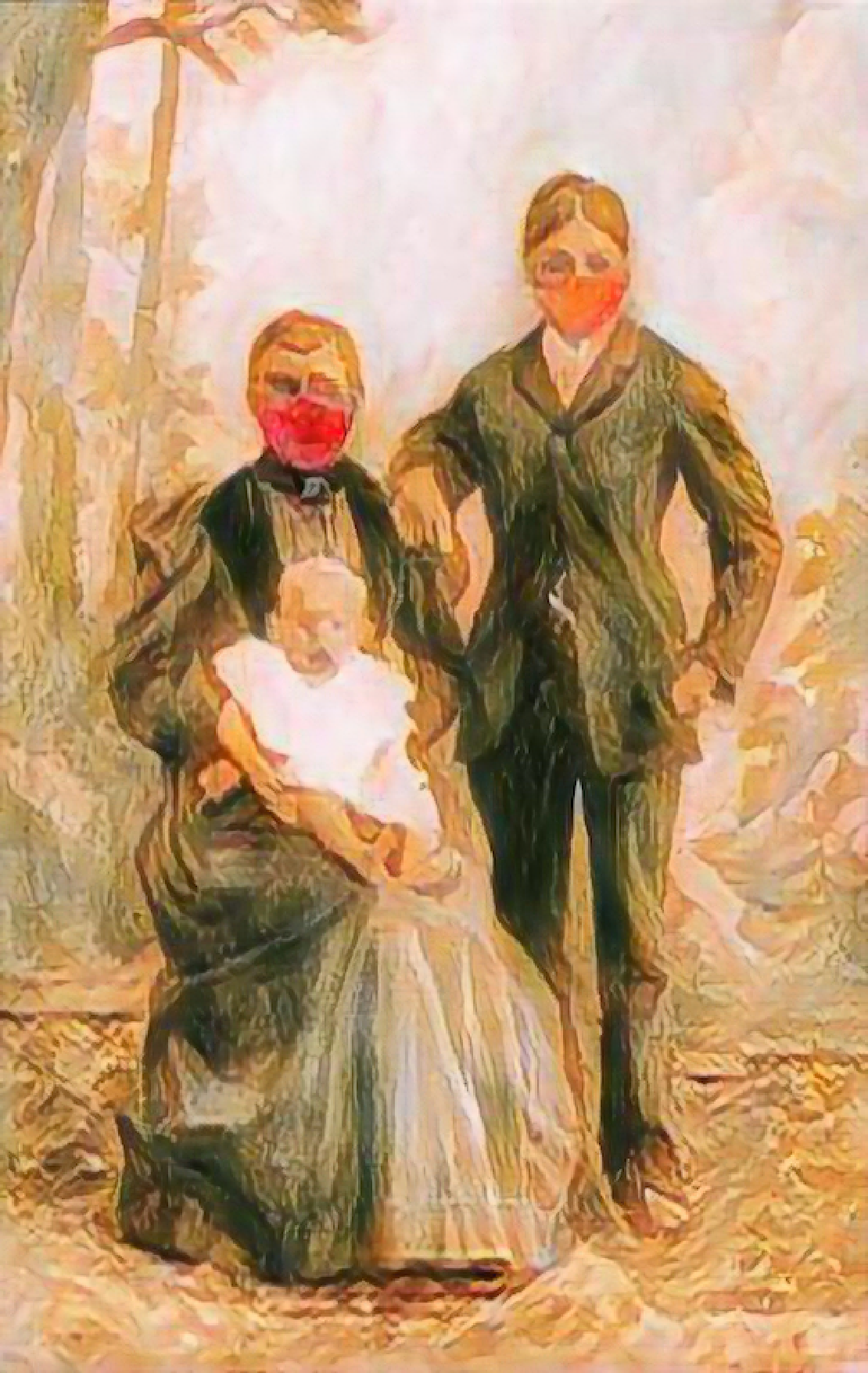
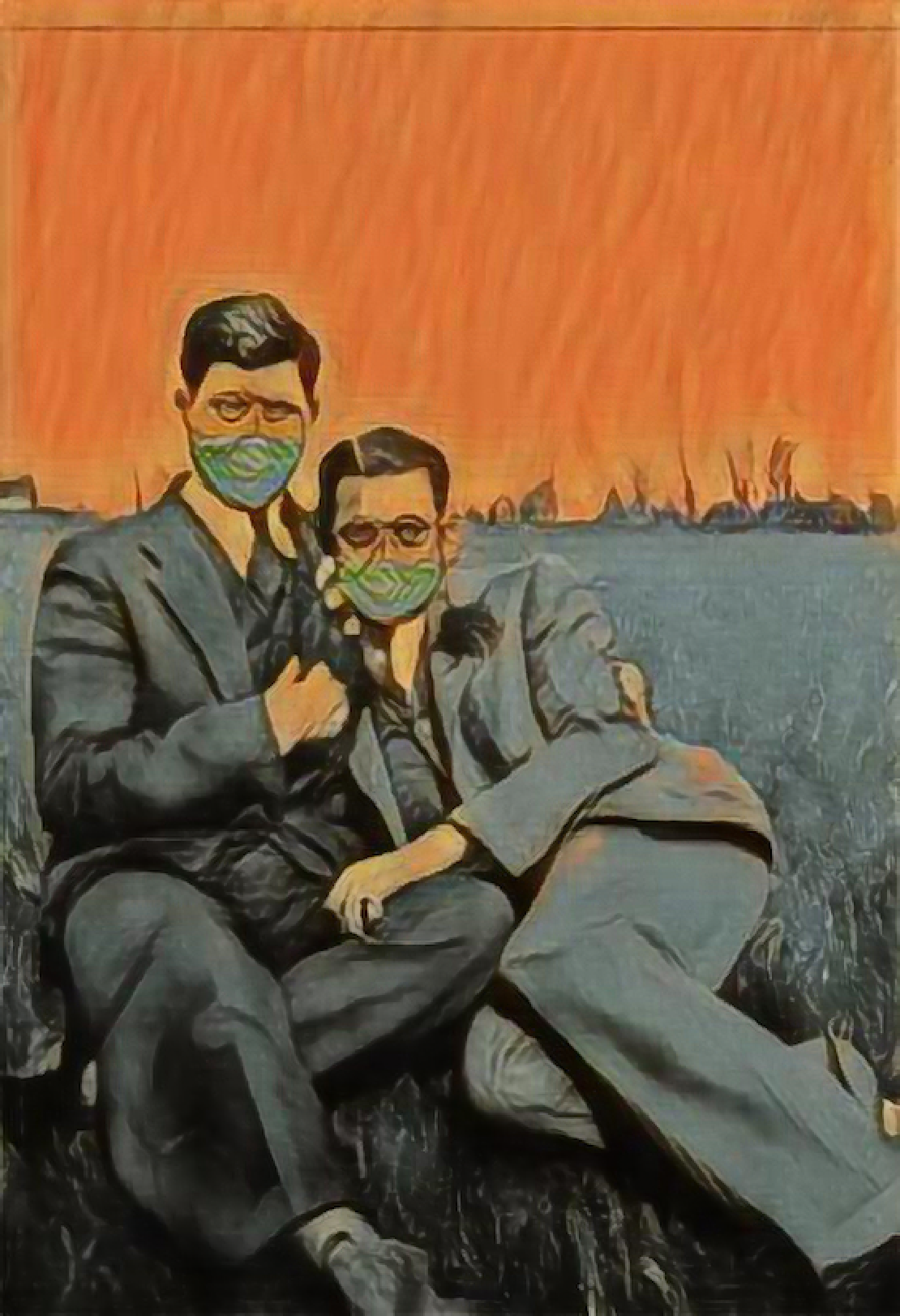
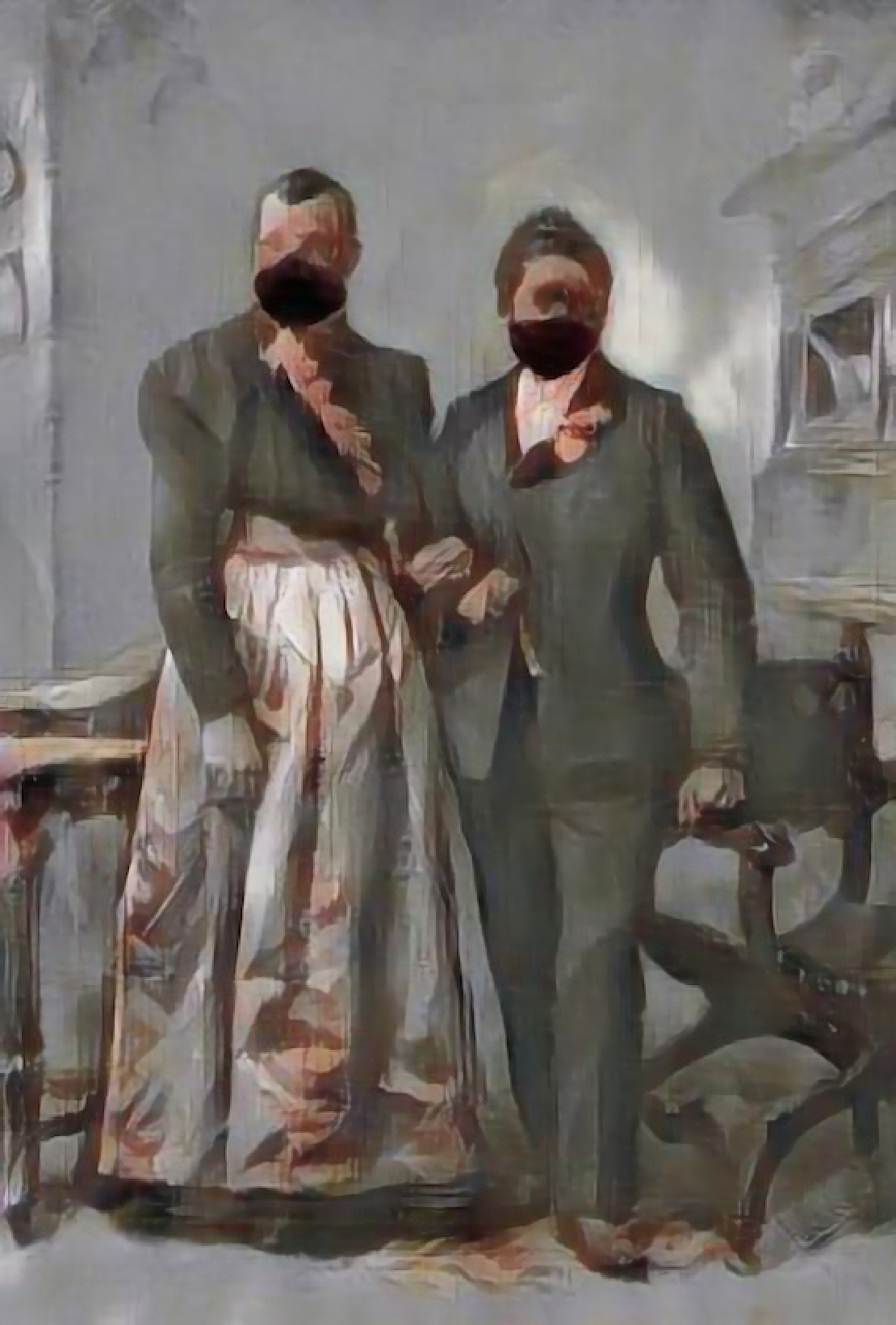
M: Do you view Playform AI as a collaborative process in your artistic practice?
J: I see Playform AI as a collaborative partner, we work together. I’m the curator of the initial images, but it is very much a partnership after that process of curating.
M: What is the timeline of your creative process usually?
J: It depends on the concept but it usually starts with sketches of drawings or 3D renderings, or the process starts with a lot of thinking and browsing through images to attain the right aesthetic that I want to capture and what I want to ultimately say with the work. That’s always the most important aspect of it in my mind, what I want to say with the work, and sometimes that might change as I continue with the progress of creating. Then the next step is collecting my data sets, and then I’ll train or order the Style Transfers, and then I’ll review everything to see what works and what doesn’t, and from there I may go back to a previous step, it’s all trial and error.
M: If you could offer advice to someone who wants to start with Playform, what might you offer to them?
J: I would say that meaning comes first, to let the vision or meaning guide the work. Also to just jump in and have fun, allow there to be some freedom and some collaboration with the machine.